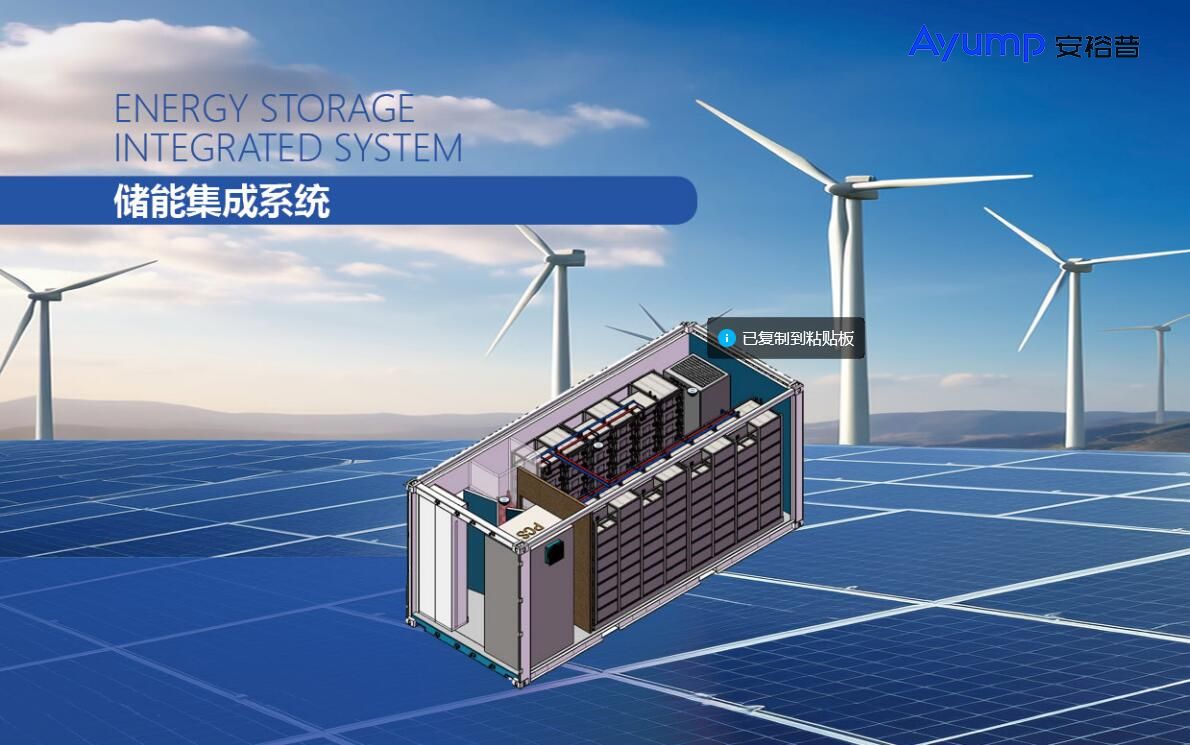Energy storage systems are a newly emerging industry in recent years. There are many components of energy storage systems, such as batteries, PCS, EMS, etc. Energy storage system integration is to combine these parts according to user needs, providing users with a complete solution. It can be said that energy storage system integration is a work from scattered to integrated, requiring a full understanding of several parts and providing users with a comprehensive service. Energy storage system integrators connect equipment manufacturers upwards and connect power grid services downwards. System integration is an important link in the energy storage industry chain.
The integration of energy storage system is to select appropriate Energy storage and products according to user needs, and organically combine various units, including the user side, power generation side Creating a "one-stop shop" for various scenarios such as the power grid side Energy storage solutions aim to optimize the overall performance of energy storage plants. Building energy storage plants that are safe, reliable, efficient, low-cost, and highly adaptable is a common goal pursued by the energy storage industry. System integration is the final step in forming energy storage systems for delivery to customers, connecting the energy storage system supply chain to the end users of the energy storage system. Energy storage system integrators need to have a thorough understanding of the performance of various components such as batteries, PCS, EMS, BMS, etc Based on the operational scenarios and station requirements, optimize the overall design to the maximum extent possible and unleash the potential of the entire system. With the explosive growth of new energy, the energy storage microgrid group and the centralized new energy+energy storage model will experience explosive growth. As a key technology in the energy revolution, microgrids and microgrid groups controlling EMS systems, energy storage systems BMS, and PCS systems will be the key to the success of energy transformation.
The electrochemical energy system consists of two parts: the DC side and the AC side. The DC side is the battery compartment, including equipment such as batteries, temperature control, fire protection, combiner cabinets, containers, etc., while the AC side is the electrical compartment, including energy storage converters, transformers, containers, etc. The battery on the DC side generates direct current, and in order to interact with the power grid, AC/DC conversion must be carried out through a converter.
Model | EESS108-50F | EESS1380-630B |
Battery parameters |
Battery type | lithium iron phosphate |
Rated power kWh | 108 | 1380 |
Rated voltage V | 730 | 691 |
Voltage range V | 616~821 | 605~778 |
Charge and discharge rate | ≤0.5C |
AC side parameters |
Rated AC power kW | 50 | 630 |
Total current waveform distortion rate | <3%(Rated power) |
DC component | 0.5%(Rated power) |
Rated power grid voltage V | 400 |
Power grid voltage range V | 320~460 |
Rated power grid frequency Hz | 50 |
Power grid frequency range Hz | 45~55 |
Isolation method | Transformer isolation(1) |
System parameter |
Size (W×D×H, mm) | 1000×1000×2200 | 6058×2438×2491 |
Weight T | 1.4 | 16.5 |
Sea level | >2000m Reduce the amount of use |
Ambient temperature | Working temperature :-30°℃ ~50°℃ ,Derating for use above 45 ℃; Storage temperature :-45℃~70℃ |
Humidity | 5%~95%RH���,No condensation |
Cooling-down method | Industrial air conditioning / forced air cooling |
Fire extinguisher system | Gas fire |
Levels of protection | IP54 |
Anti-corrosion grade | Standard C5 |
Communication interface | CANRS485 |
















 Scan to add WeChat
Scan to add WeChat